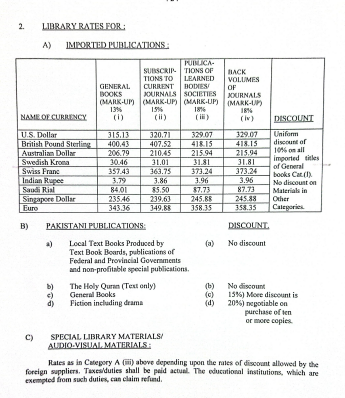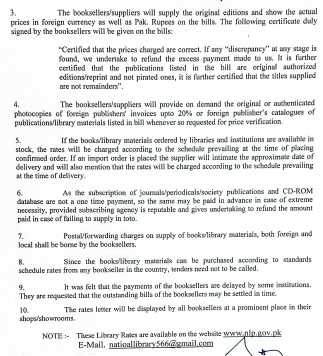Wholesalers are companies that buy large quantities of books from publishers and then sell them to retailers, libraries, and other organizations at a lower price. Distributors are companies that act as intermediaries between publishers and retailers, handling tasks such as warehousing, fulfillment, and distribution. Retailers are businesses that sell books directly to consumers, either through physical stores or online.
Book suppliers may specialize in a particular type of book, such as technical manuals or children’s books, or they may offer a wide range of titles. Some book suppliers also provide additional services, such as marketing and distribution support for publishers.
Library Book Suppliers:
Library book suppliers are companies or individuals that supply books to libraries. These may include wholesalers, distributors, and retailers who specialize in selling books to libraries.
Library book suppliers may offer a wide range of titles, including new releases, classic literature, non-fiction, and more. They may also provide additional services to libraries, such as processing and cataloging books, filling special orders, and offering online resources and databases.
Some library book suppliers work directly with publishers to secure bulk discounts and negotiate licensing agreements for electronic resources. Others may purchase books from other sources, such as used book dealers or other libraries, and resell them to libraries at a lower price.
Libraries often have relationships with multiple book suppliers in order to access a wide range of materials and get the best prices. They may also use vendors or procurement systems to streamline the process of purchasing books and other materials.






